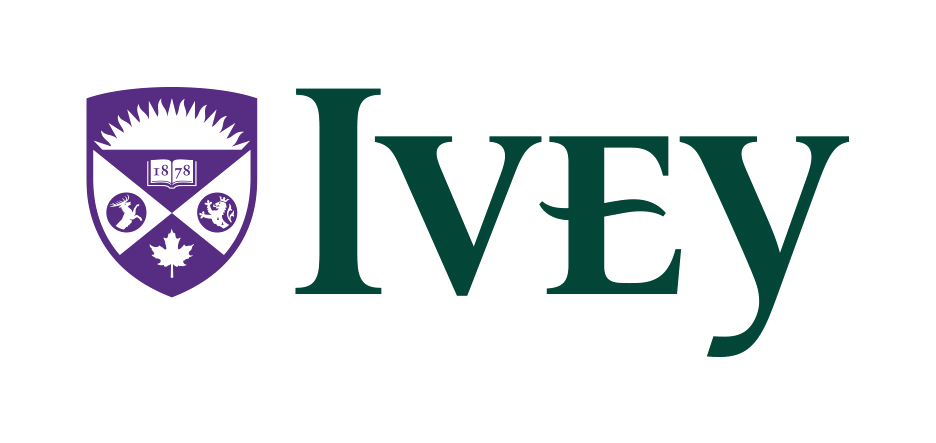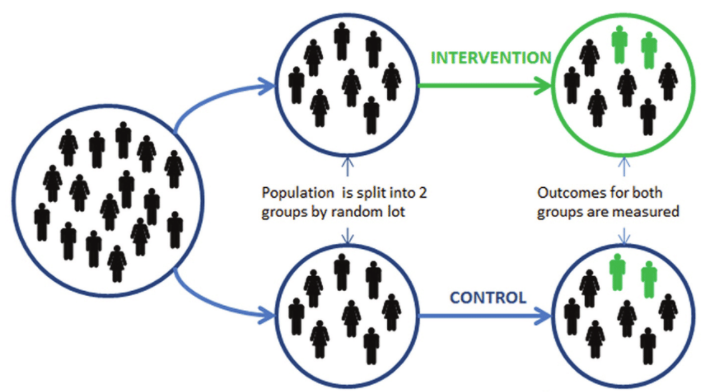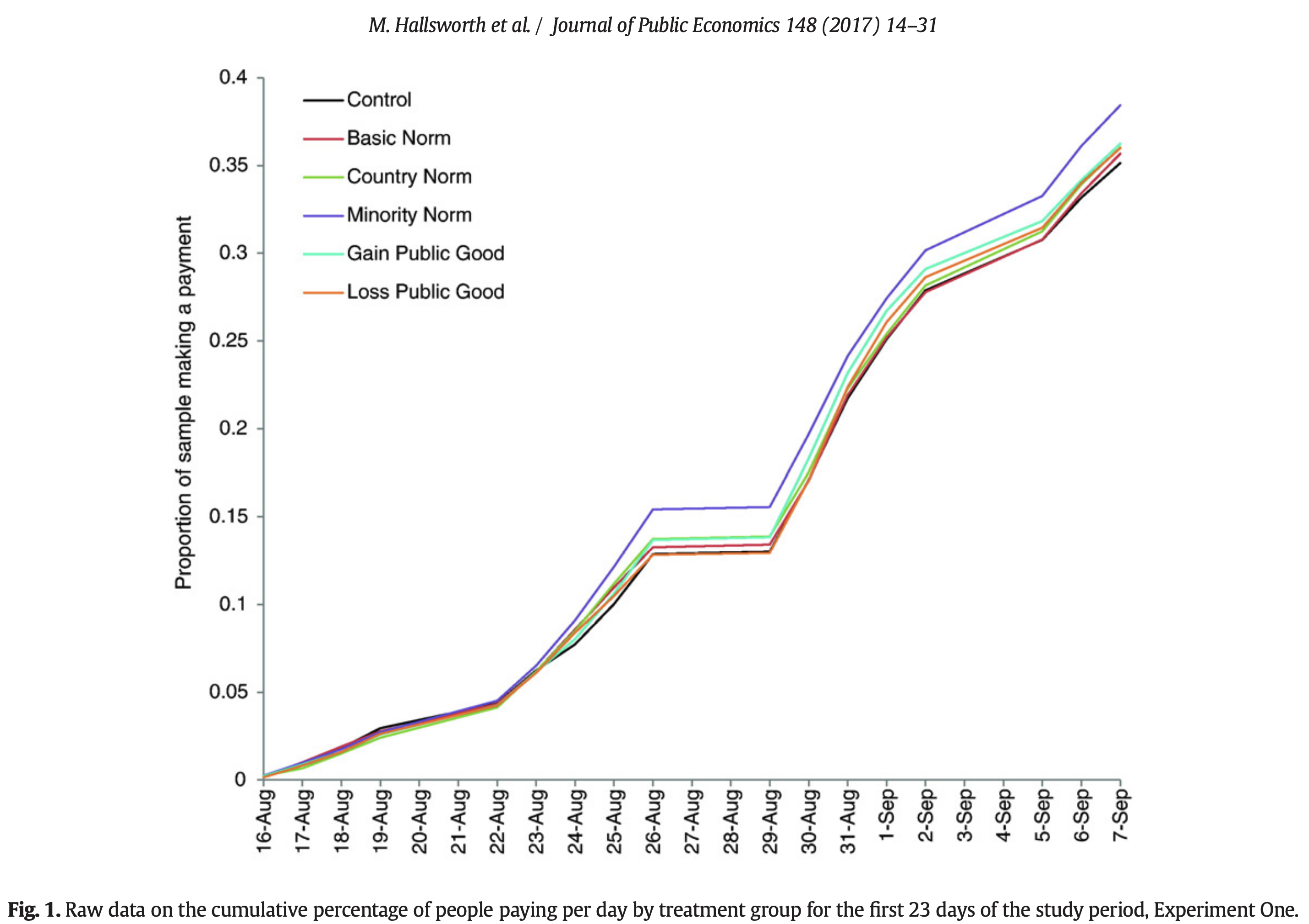9483
AiS
Session 7a


Joshua
Foster

Agenda
- Case: Behavioural Insights Team (A).
- Behavioural Nudges from Government.
- Choice Architecture and Experimentation.
- Philosophy of Libertarian Paternalism.
This case is an exercise in choice architecture.
Let's jump right into it.
- We'll break out into small groups.
- Take 15 minutes to design your own tax letter in Miro.
- When times up, we'll share as a class.
| Group 1 | Sifan Wang | Judith Osemeke | Michael Schumacher | Angelita Martin | Calvin Zehr |
| Group 2 | Iain Smith | Maro Egbedi | Ishi Khamesra | Robert Gray | Mac Astritis |
| Group 3 | Quoc Lap Nguyen | Sean Morris | Adam Meadows | Bella Natasha Diego | May El Damatty |
| Group 4 | Alice Wu | Jennifer Estrada | Sangeetha Sambamoorthy | Elisabeth Iannucci | Kiera Treloar |
| Group 5 | Sam Macy | Josh Ge | Aaditya Geed | Dan Hicks | Chaitanya Gandhi |
| Group 6 | Derek Adam | Valentina Efionayi | Kendall Zhang | Rio Baudisch-McCabe | Kayla Vargas |
| Group 7 | Silvia Pacheco Diaz | Ishani Adityan | Ramnik Minhas | Alan Hwang | |
| Group 8 | Cherry Qian | Aanal Patel | Akber Amanulla Khan | Princess Adeniran |
Small Group Task
Take the next fifteen minutes and construct your own version of the tax letter with the members of your group.
Summary of Ideas
Who here thinks the letter should:
- Focus on social norms?
- On threat of repossession?
- On something else?
- How should we decide?
Experimentation
Randomization:
Random assignment of subjects ensures that there are no inherent differences between the groups answering the different questions. The differences in behavior can be attributed solely to the different questions.
Experimental Manipulation:
To learn what difference something makes in people's behavior, we vary that one thing between subjects.

What are the managerial goals in a situation like this?
- Finding an effective behavioural mechanism.
- Demonstrating the value of experimentation to stakeholders.
What are the societal goals in a situation like this?
- Increasing welfare via governmental services.
- Instilling social norms on tax adherence.
Libertarian Paternalism
A process in which a Choice Architect designs an economic environment with the explicit intent of helping individuals making suboptimal decisions (as judged by themselves), while not significantly harming individuals whose behavior is already optimal (as judged by themselves).
Results.
Social norms helped. There was 5% increase in the likelihood delinquent taxpayers submitted a payment in the weeks following their letter -- the difference of millions of pounds in revenue each year.


Key takeaways.
- Understanding behavioural principles can provide insight into ways to improve the world around you in virtually any setting.
- Many managerial decisions involve causal questions, and they can be explored with experiments.
- Behavioural economics is uniquely suited to exploring the psychology of economic tradeoffs and identifying optimal environmental designs.